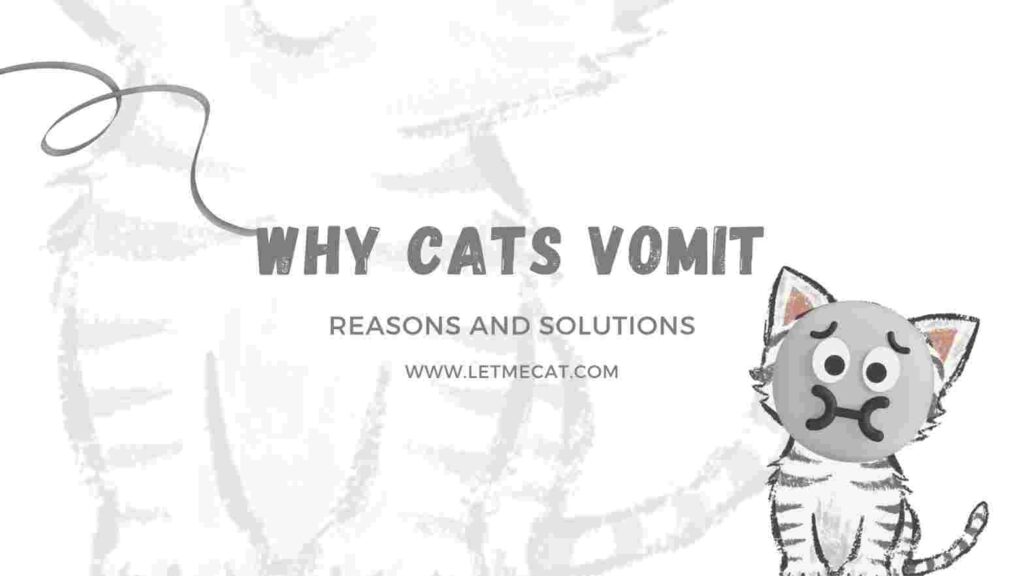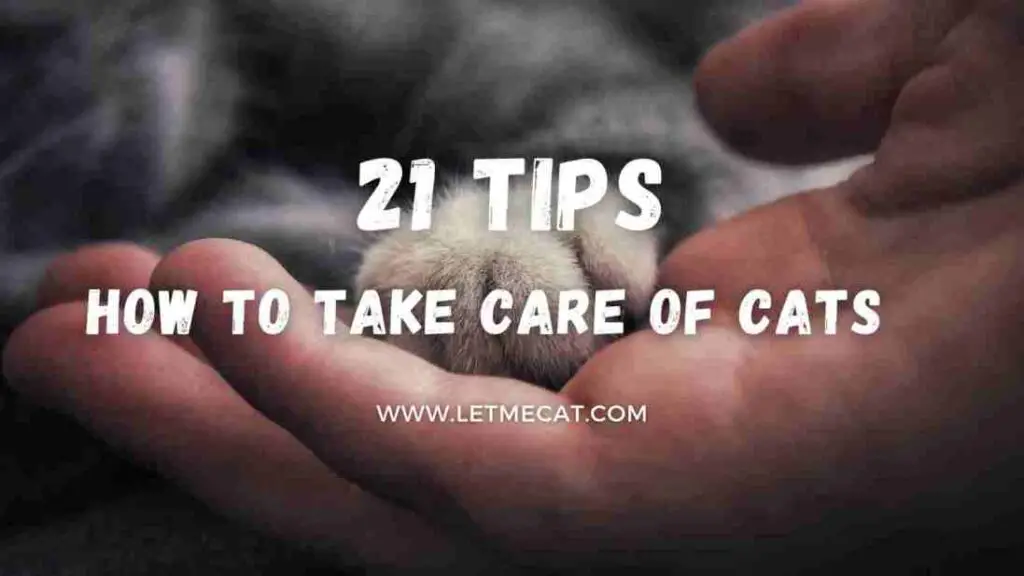In this article, we will explore the importance of a proper Persian cat food routine and guide you through the essentials of keeping your feline friend well-fed and happy.
Introduction
Welcoming a Persian cat into your home means taking on the responsibility of ensuring its nutritional needs are met. A healthy diet not only promotes their physical health but also enhances their beautiful coats and supports their overall vitality.
Understanding Persian Cats
Persian cats are known for their distinct features, including their long and luxurious coats, expressive eyes, and gentle demeanor. These majestic felines have specific dietary requirements due to their unique physical characteristics. Their brachycephalic skull structure, short face, and narrowed nostrils make them prone to respiratory issues, while their long fur requires regular grooming.
Nutritional Needs of Persian Cats
To meet the nutritional needs of Persian cats, it’s important to provide them with a well-balanced diet that includes high-quality proteins, essential nutrients, and proper hydration. A diet rich in lean proteins promotes muscle development and maintains a healthy weight. Essential nutrients like vitamins, minerals, and omega-3 fatty acids support their coat health and boost their immune system.
Selecting the Right Food for Persian Cats
When choosing cat food for your Persian companion, opt for high-quality, premium cat food brands that offer complete and balanced nutrition. Look for formulas specifically designed for Persian cats, as they take into account their unique dietary requirements. These specialized formulas often contain ingredients that support healthy skin, coat, and digestive health.
Establishing a Feeding Routine
A consistent feeding routine is crucial for Persian cats. Establishing set meal times helps regulate their digestion and prevents overeating. Divide their daily food intake into smaller, frequent meals to accommodate their smaller stomachs. This routine also ensures they receive a steady supply of energy throughout the day.
Meal Frequency and Portion Control
Persian cats thrive on regular, portion-controlled meals. Depending on their age, weight, and activity level, Persian cats generally require 2-3 meals per day. Adjust the portion sizes based on their individual needs, ensuring they neither become overweight nor go hungry. Consult your veterinarian for personalized feeding recommendations.
The Importance of Balanced Nutrition
Providing a balanced diet is vital to the health and longevity of Persian cats. Ensure their meals consist of a mix of high-quality protein sources, healthy fats, complex carbohydrates, vitamins, and minerals. Avoid feeding them excessive treats or human food, as this can disrupt their nutritional balance and lead to health issues.
High-Quality Protein for Persian Cats
Protein is an essential component of a Persian cat’s diet. Look for cat food that lists a high-quality source of animal protein, such as chicken, turkey, or fish, as the primary ingredient. Proteins aid in maintaining muscle mass, promoting healthy growth, and supporting a strong immune system.
Essential Nutrients for Healthy Coats
A Persian cat’s coat requires special attention, and the right nutrients are essential for its health and luster. Omega-3 and omega-6 fatty acids, along with biotin and zinc, contribute to a glossy and tangle-free coat. Choose cat food that contains these beneficial nutrients to keep your Persian cat’s coat looking its best.
Proper Hydration for Persian Cats
Maintaining proper hydration is vital for Persian cats. They are generally not big water drinkers, so it’s important to encourage them to consume enough fluids. Consider incorporating wet cat food or adding water to their dry food to increase their water intake. Ensure they always have access to fresh water and clean their water bowls regularly.
Special Dietary Considerations
Some Persian cats may have special dietary considerations due to underlying health conditions or allergies. If your cat has specific dietary needs, consult your veterinarian for guidance on selecting appropriate cat food or formulating a tailored diet plan to address their individual requirements.
Avoiding Common Food Allergens
Just like humans, cats can develop food allergies or sensitivities. Common allergens for cats include grains, dairy products, and certain protein sources. If you notice signs of allergies, such as skin irritation, digestive issues, or excessive scratching, consult your veterinarian to identify the potential allergens and adjust your cat’s diet accordingly.
Homemade vs. Commercial Cat Food
While homemade cat food can be an option, it requires careful attention to ensure it meets all the necessary nutritional requirements. Commercial cat food, on the other hand, offers convenience and is specifically formulated to provide balanced nutrition. Consult with your veterinarian before opting for a homemade diet to ensure it is nutritionally adequate for your Persian cat.
Transitioning to a New Food
When introducing a new cat food to your Persian, it’s important to do so gradually. Sudden dietary changes can upset their digestive system. Mix a small amount of the new food with their current food and gradually increase the proportion over a week or two until they are fully transitioned to the new diet.
Monitoring and Adjusting the Routine
As your Persian cat grows and ages, their nutritional needs may change. Monitor their weight, coat condition, and overall health regularly. Consult your veterinarian if you notice any significant changes in their appetite, energy levels, or physical appearance. Adjust their feeding routine and diet as necessary to ensure they receive the best possible care.
Conclusion
Maintaining a proper Persian cat food routine is essential for their health, well-being, and stunning appearance. By understanding their specific nutritional needs, selecting high-quality cat food, establishing a feeding routine, and monitoring their overall condition, you can provide your Persian cat with the nourishment they require.
Remember to consult your veterinarian for personalized advice and enjoy the journey of keeping your furry companion happy and healthy.
Thank you for reading it.



